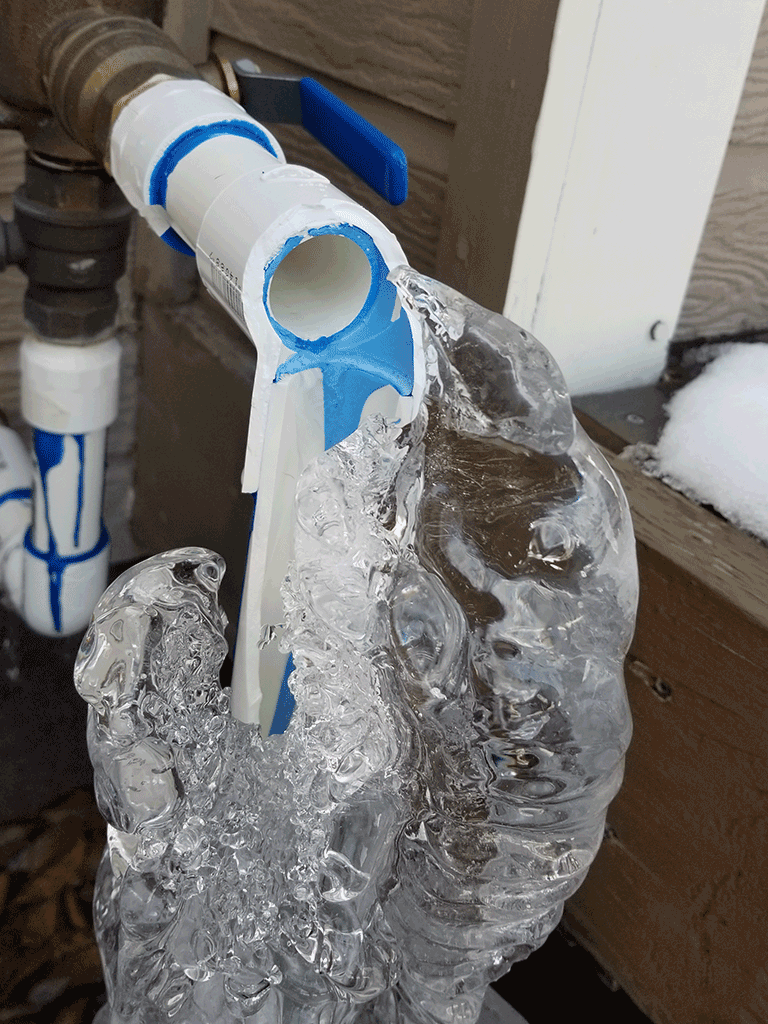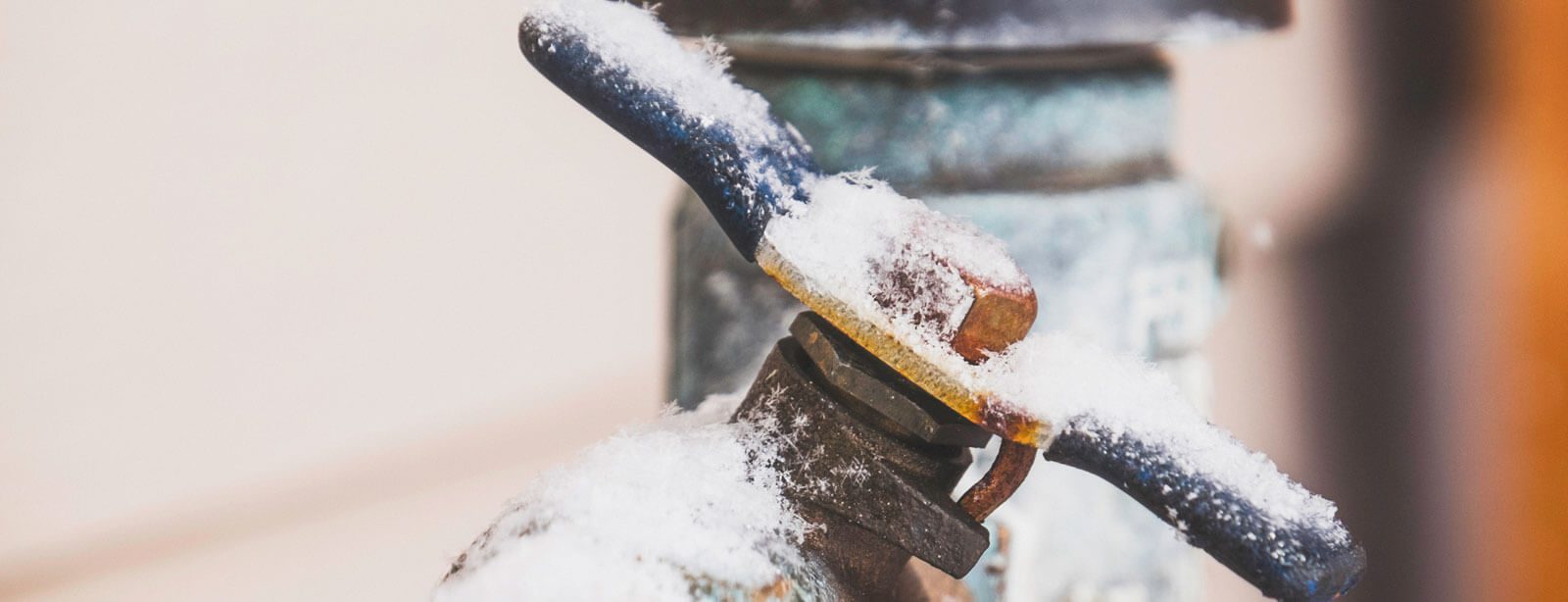Protecting Against Frozen Plumbing: Top Methods for Cold Weather
Protecting Against Frozen Plumbing: Top Methods for Cold Weather
Blog Article
Are you currently in search of content about Preventing and dealing with frozen pipes?

Winter can ruin your pipes, particularly by freezing pipes. Right here's just how to prevent it from happening and what to do if it does.
Intro
As temperature levels drop, the danger of frozen pipes rises, potentially leading to expensive fixings and water damage. Comprehending just how to prevent frozen pipelines is critical for homeowners in cool climates.
Prevention Tips
Shielding susceptible pipelines
Cover pipes in insulation sleeves or make use of warmth tape to shield them from freezing temperatures. Concentrate on pipes in unheated or outside locations of the home.
Heating strategies
Keep interior spaces adequately warmed, specifically areas with pipes. Open closet doors to permit warm air to flow around pipelines under sinks.
Exactly how to recognize frozen pipes
Search for lowered water flow from taps, unusual smells or noises from pipelines, and visible frost on revealed pipes.
Long-Term Solutions
Architectural modifications
Think about rerouting pipelines far from outside wall surfaces or unheated locations. Add added insulation to attic rooms, cellars, and crawl spaces.
Updating insulation
Invest in high-quality insulation for pipes, attic rooms, and walls. Appropriate insulation aids keep constant temperature levels and decreases the risk of icy pipes.
Shielding Outside Plumbing
Garden tubes and outside faucets
Detach and drain pipes garden hoses before winter. Mount frost-proof spigots or cover outdoor faucets with protected caps.
Understanding Frozen Pipelines
What creates pipelines to freeze?
Pipes freeze when revealed to temperatures listed below 32 ° F (0 ° C) for prolonged durations. As water inside the pipes ices up, it broadens, putting pressure on the pipeline wall surfaces and potentially causing them to burst.
Threats and problems
Frozen pipes can lead to water interruptions, residential or commercial property damages, and costly repair services. Ruptured pipes can flooding homes and create extensive structural damages.
Indicators of Frozen Pipes
Recognizing icy pipes early can prevent them from bursting.
What to Do If Your Pipelines Freeze
Immediate activities to take
If you believe icy pipelines, maintain taps open to eliminate pressure as the ice thaws. Use a hairdryer or towels soaked in hot water to thaw pipes slowly.
Verdict
Stopping frozen pipelines needs aggressive measures and fast reactions. By recognizing the reasons, indicators, and preventive measures, house owners can secure their plumbing throughout winter.
5 Ways to Prevent Frozen Pipes
Drain Outdoor Faucets and Disconnect Hoses
First, close the shut-off valve that controls the flow of water in the pipe to your outdoor faucet. Then, head outside to disconnect and drain your hose and open the outdoor faucet to allow the water to completely drain out of the line. Turn off the faucet when done. Finally, head back to the shut-off valve and drain the remaining water inside the pipe into a bucket or container. Additionally, if you have a home irrigation system, you should consider hiring an expert to clear the system of water each year.
Insulate Pipes
One of the best and most cost-effective methods for preventing frozen water pipes is to wrap your pipes with insulation. This is especially important for areas in your home that aren’t exposed to heat, such as an attic. We suggest using foam sleeves, which can typically be found at your local hardware store.
Keep Heat Running at 65
Your pipes are located inside your walls, and the temperature there is much colder than the rest of the house. To prevent your pipes from freezing, The Insurance Information Institute suggests that you keep your home heated to at least 65 degrees, even when traveling. You may want to invest in smart devices that can keep an eye on the temperature in your home while you’re away.
Leave Water Dripping
Moving water — even a small trickle — can prevent ice from forming inside your pipes. When freezing temps are imminent, start a drip of water from all faucets that serve exposed pipes. Leaving a few faucets running will also help relieve pressure inside the pipes and help prevent a rupture if the water inside freezes.
Open Cupboard Doors
Warm your kitchen and bathroom pipes by opening cupboards and vanities. You should also leave your interior doors ajar to help warm air circulate evenly throughout your home.

I was introduced to that write-up on How to Prevent Your Pipes From Freezing through a good friend on our other web address. Appreciated our review? Please quickly share it. Let somebody else locate it. We take joy in reading our article about Winter Plumbing Precautions: Preventing Frozen Pipes.
About This Report this page